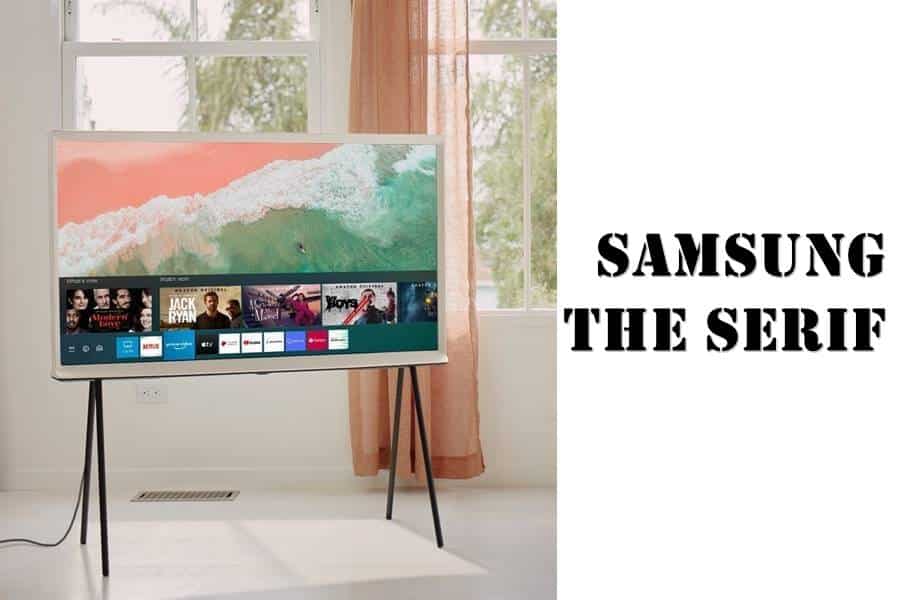What results for Sony Products in 2021? The year was hectic for the orange and black brand, with many novelties regarding cameras and lenses. We take a look back at the brand’s highlights, as well as the major trends emerging for the months to come.
Sony A1 and A7 IV: The Rise of Power
The year 2021 has started very strongly for Sony. From January, the brand unveils its professional full-frame hybrid, the Sony Alpha 1 – topping the competition from Canon and Nikon. Their professional cameras will be released in the second half of the year.
With its technical sheet and its stratospheric level of performance, the Sony A1 is undoubtedly the hybrid of all superlatives. It has also been seen on numerous occasions during the Tokyo Olympic Games.
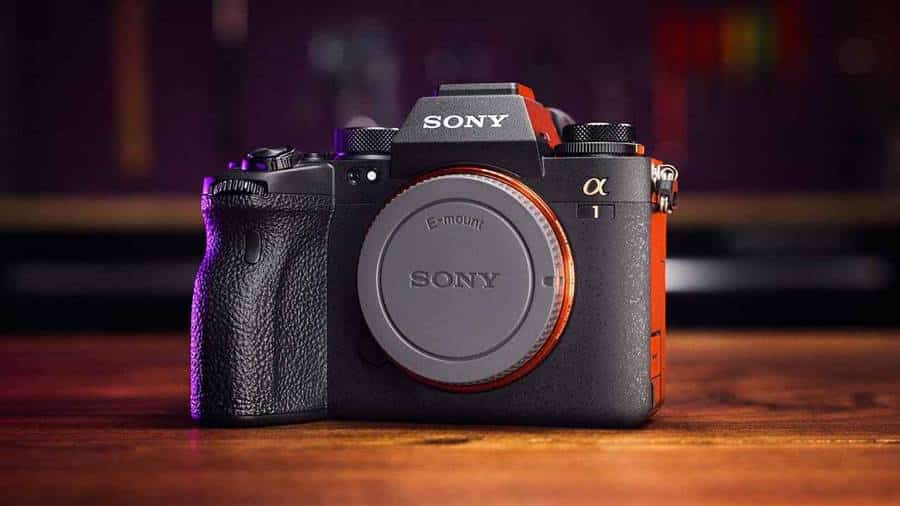
But the manufacturer also closes the year with the excellent Sony A7 IV, which succeeds one of the real bestsellers of the brand. After being long overdue, this new case has succeeded and offers a worthy successor to the A7 III, an absolute bestseller of the Japanese brand and pillar of Sony’s hybrid ecosystem.
The brand has been slightly more discreet on the APS-C side – the Sony A6600 is already blowing its second candle. But that’s without counting on the “small” hybrid Sony ZV-E10. Launched in July 2021, the latter has many options dedicated to vlogging. It sits alongside the ZV-1 while offering a larger sensor and the ability to change lenses – one way to surf the growth of the amateur video and vlogging market.
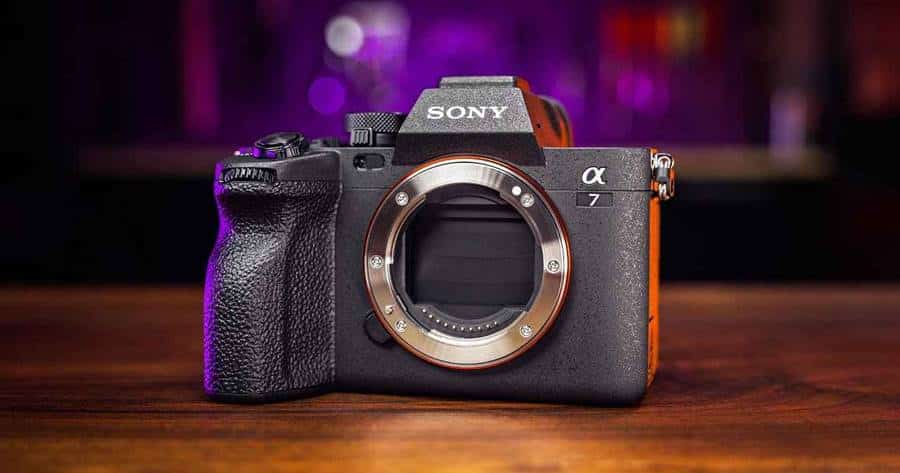
Unfortunately, the manufacturer has suspended orders for this model due to the semiconductor shortage just five months after its launch.
Finally, still in terms of video, also note the arrival of the Sony FX3 camera. Much of the features of the Sony A7S III (launched in 2020), it adopts a lighter and more compact design – while continuing to offer the S-Cinetone rendering profile and the benefits of a full-frame stabilized sensor on five axes.
E-Frame: Always More Complete
This year 2021, is also the year of consolidating the E mount used by Sony hybrids. The brand has unveiled many references for full-format combinations.
A valid showcase of its optician’s know-how, the G Master range notably hosts the new Sony FE 70-200 MF/2.8 GM OSS II telephoto lens, presented last October. The second version of an essential lens benefits from reduced weight and, above all! – A stratospheric dive worthy of the best fixed focal lengths.
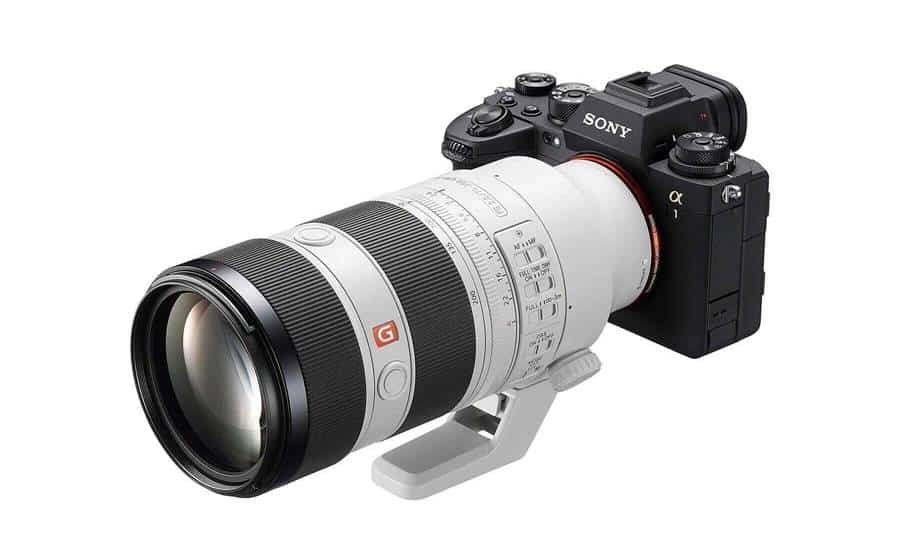
Architecture enthusiasts will also be in heaven with the new Sony FE 14mm f/1.8, an ultra-wide-angle fixed focal length with excellent performance. Let us mention the Sony FE 35mm f/1.4 GM, which offers a high-level performance.
And let’s not forget the Sony FE 50mm f/1.2. Compact and relatively light, this lens delivers superb shots with extraordinary bokeh. In short: a complete success.
And the other advantage of the E mount is the presence of numerous lenses from “third-party” manufacturers. The year 2021 has seen a proliferation of very qualitative lenses offered by Sigma, Tamron, and Samyang.
On the Tamron side, let’s mention the 150-500mm f/5-6.7 Di III VXD super-telephoto zoom lens, as well as the excellent 35-150mm f/2-2.8 DI III VXD zoom, a natural move upmarket (very successful) of the Japanese optician who signs an optics of great mastery.
We will note the arrival of a new I premium series at Sigma, which already has four very qualitative references – including the Sigma 35mm f/2 DG DN Contemporary that we are currently testing.
Finally, Samyang has released several interesting lenses, like the Samsung AF 24mm f/1.8 FE that we tested this summer. The Samyang AF 24-70mm f/2.8 FE is the first trans standard zoom with autofocus from the Korean brand.
All these new features once again show the dynamism of the E-mount. Full-frame Sony hybrids enjoy a very mature ecosystem. However, it should be noted that Sony’s announcements focus mainly on full format, a sign that demand from photographers and videographers is primarily oriented towards a more premium segment.
Xperia: Sony Smartphones Continue Their Journey
If there is one niche where Sony remains faithful to the high end, it is smartphones. For several years, the Japanese brand has wholly abandoned the segment of entry-level terminals, facing fierce competition from Chinese brands.
Preferring to focus on the more lucrative (but equally competitive) high-end niche, Sony has unveiled several exciting smartphones, all technological showcases.
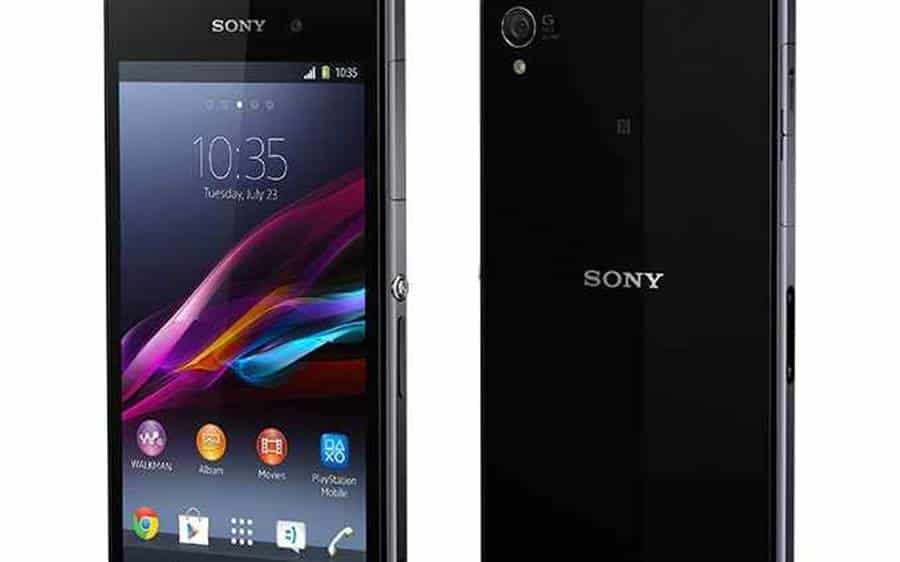
Last summer, the brand impressed us with its Xperia 1 III, a very successful terminal carried by a high-performance primary sensor and a double-focal 75-105mm telephoto lens. We should also mention the Xperia 5 III, which uses the same photo part – but in a more compact format.
And this winter, Sony surprised us with its Xperia Pro-I, a smartphone as ambitious as it was unexpected. It relies on a 1-inch sensor (inherited from the RX100 VII). Despite many hardware and software concessions, it offers a level of detail unmatched on a smartphone. And a particularly steep price.
Airpeak: Sony Enters the Professional Drone Market
Finally, we should not forget Sony’s surprising foray into the professional drone market.
After several months of teasers, the brand formalized its Airpeak S1 drone last June. Resolutely premium, it targets image professionals. And for this, it highlights its full compatibility with Sony hybrids and cameras. The operator can thus adjust all the shooting parameters from the drone interface without worrying about compatibility.
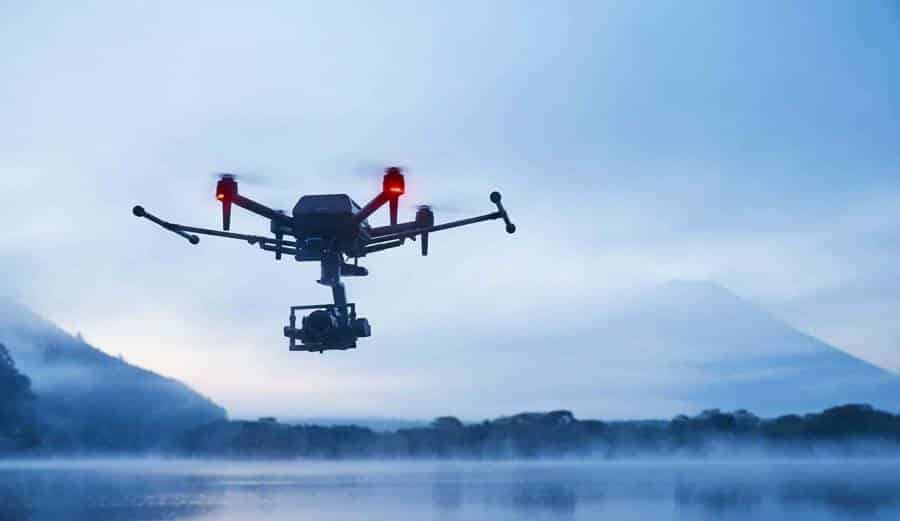
Sony’s bet is daring because today’s market is dominated mainly by DJI and its Matrice and Inspire aircraft. And the Chinese manufacturer has a large number of years of experience. But the arrival of the Sony Airpeak S1 comes in a particular context, the United States (and some of its allies) showing itself more and more cautious vis-à-vis Chinese brands. As we wrote last June, Sony could seek to conquer the American drone market – like Parrot with its Anafi USA or the Freefly brand and its drones made in the USA.
You may also like to read: Sony A7C Review – All You Need to Know About Full-Frame Mirrorless Camera Sony Alpha 7C
What Prospects for Sony in 2022?
In 2022, the Japanese brand should continue its momentum with one goal: to maintain its lead in the full-frame hybrid market, despite growing competition from Canon and Nikon, which have caught up well in this area.
Logically, the brand should consolidate its G Master range, particularly with the renewal of specific flagship lenses such as the Sony FE 24-70 mm f/2.8 GM, which is undoubtedly very efficient but could be improved on particular points.
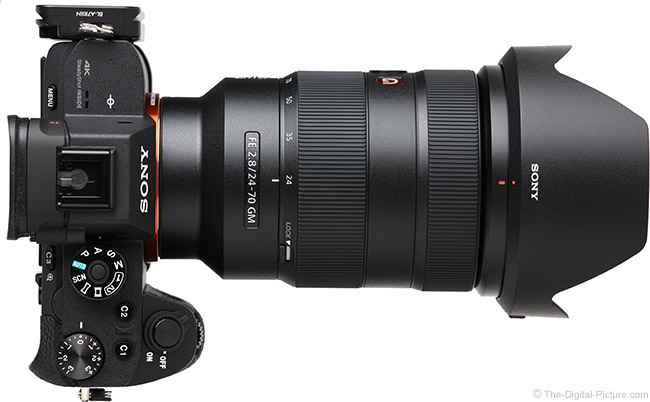
On the case side, some rumors are already counting on the arrival of an A7R V and an A9 III – the latter already preparing to blow out their third candle. Other sources also mention a (hypothetical) Sony A1000, equipped with an APS-C sensor, reaching 30 fps in a burst. Likewise, a Sony A5 would point the tip of its nose and would be a direct response to the Canon EOS RP.
However, these various hallway noises should be taken with a grain of salt because of the shortage of electronic components, which affects all manufacturers today.
But in any case, the year 2022 should again be rich in novelties, which we look forward to discovering.
